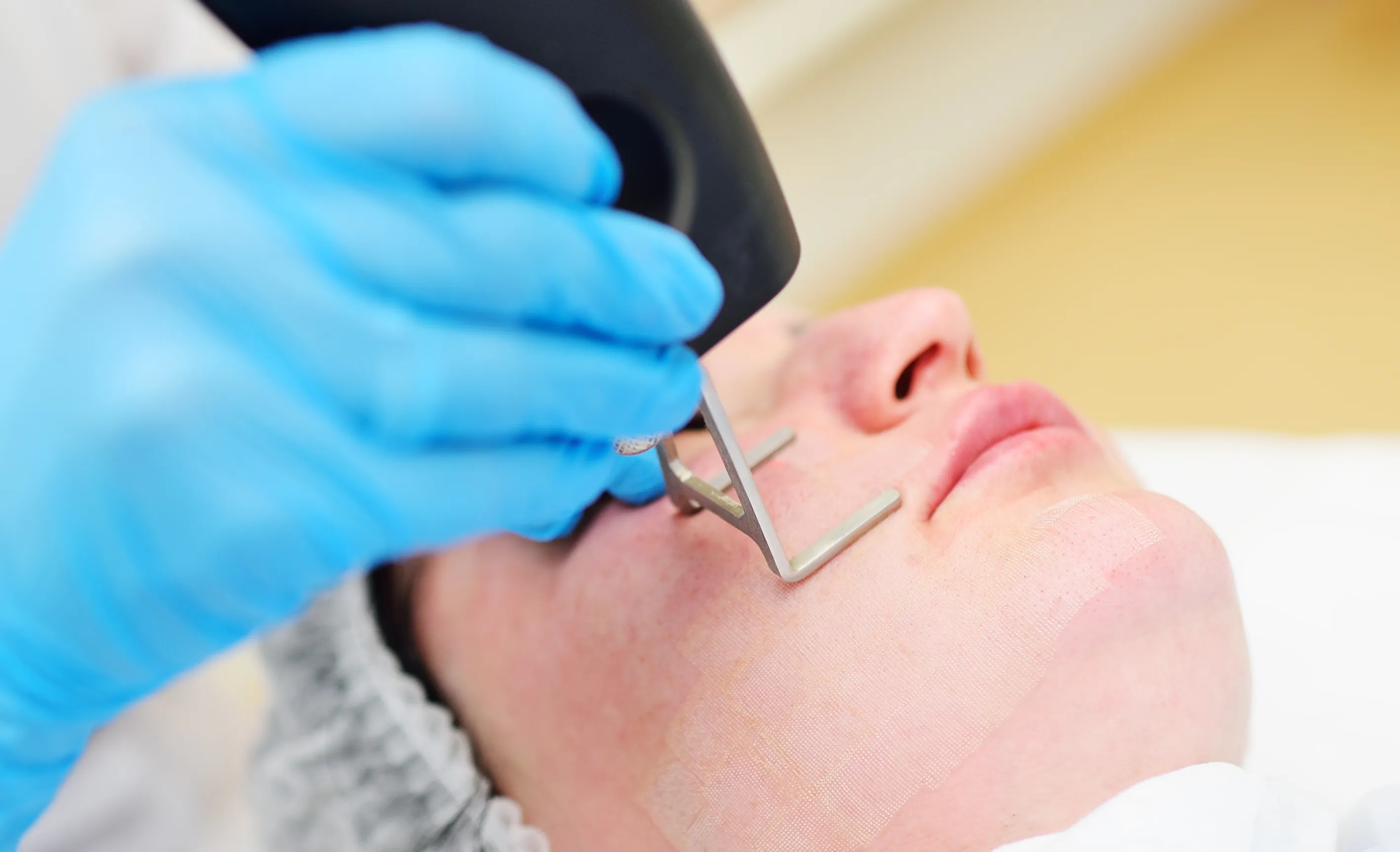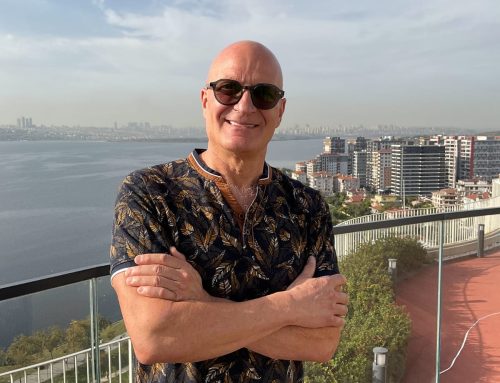Fractional co2 laser may be just what’s needed to reduce fine lines, wrinkles and pigmentation while simultaneously helping minimize scars and tighten skin for an authentic-looking facelift.
CO2 laser vaporization was used to successfully treat a raised nevus cell nevus (mole) on the cheek of a 23-year old female and ultimately resulted in complete clearance and acceptable cosmetic outcomes 10 weeks post treatment.
How Does Fractional CO2 Laser Work?
Laser skin treatments have become more and more popular as people seek alternatives to surgical procedures which carry risks and downtime. Laser techniques offer rejuvenation without downtime or risks associated with surgery; they can revive and renew skin while leaving it looking as natural as possible, tighten loose skin through new collagen formation, tighten loose skin by stimulating muscle contraction, tighten loose skin with trigger new collagen formation as well as tighten loose skin using fractional co2 laser resurfacing by removing some outer layers, which allows healing more rapidly while providing smoother complexion
At the start of treatment, a numbing gel is applied to your skin surface and then a carbon dioxide laser is used to resurface it – this laser produces light energy that penetrates deep within and destroys diseased cells while leaving healthy tissue undamaged.
Once damaged skin has been eliminated, its cells will produce more collagen to heal its wounds and tighten and firm your skin, helping reduce wrinkles, stretch marks, and scars.
At Silk Touch Cosmetic Surgery, Lipo & Medspa, we use a SmartXide DOT Fractional CO2 Laser for our laser skin treatments. This cutting-edge laser provides impressive results without many of the complications often associated with older versions of this procedure. This technology can effectively address acne scarring as well as fine lines and wrinkles.
What Are the Benefits of Fractional CO2 Laser Treatments?
Fractional CO2 laser skin rejuvenation differs significantly from traditional non-ablative laser rejuvenation in that only microscopic areas of damaged or aged skin are treated, leaving healthy columns between rows of treated cells. This allows for faster healing times and lower risks such as hypopigmentation (blue toned discoloration).
Age can lead to reduced cell regeneration rates, leading to the gradual depletion of collagen that causes fine lines, wrinkles, uneven skin tone and loose skin. Fractional CO2 laser treatments may help reverse these signs of aging while simultaneously mitigating sun damage for smoother firmer skin with even skin tone and lessening sun spots.
Laser heat also stimulates collagen production to tighten and firm the skin. This regenerative process creates healthy, vibrant skin that can address almost any type of damage or aesthetic concern.
Fractional CO2 laser treatments can be effective against most types of skin conditions; however, they should not be performed on individuals with extensive breakouts, open wounds, active inflammatory conditions such as acne or those taking oral isotretinoin. If you’re interested in fractional CO2 laser treatment for any reason whatsoever, we highly advise speaking to one of our experienced doctors first before scheduling an appointment; they can assess your skin and provide more details as to if fractional CO2 laser is truly the right treatment solution for you.
How Long Will Fractional CO2 Laser Treatments Take?
Fractional laser treatments use columns of healthy skin between rows of treated skin. This allows for quicker healing times and minimizes risk.
Fractional CO2 laser treatments can effectively address wrinkles, scars and other cosmetic concerns without surgery. They can make skin appear tighter and younger looking while eliminating sun damage for an even tone complexion.
Fractional laser resurfacing treatments can benefit most people; however, it’s important to realize that this procedure may not be the appropriate option for everyone. Anyone with open wounds or extensive breakouts on their face should avoid this treatment, as it could increase risk. Similarly, individuals taking oral isotretinoin should avoid having this procedure done due to increased risks for complications.
If you are interested in this revolutionary procedure, it is advisable to meet with a dermatologist for an in-depth assessment of both your medical history and current physical state in order to ascertain if you qualify as an ideal candidate for it.
As surgical procedures become less popular for rejuvenation purposes, laser treatments such as fractional CO2 lasers have become an effective and noninvasive alternative for tightening and rejuvenating skin.
What Can I Expect From Fractional CO2 Laser Treatments?
An eCO2 laser treatment session can quickly and effectively erase acne scars and fine wrinkles while creating younger-looking skin. It won’t remove your surface; rather it stimulates collagen growth that will replace damaged outer layers to tighten skin tightening it all over. After only 15-20 minutes your complexion will look rejuvenated!
Fractional CO2 laser treatments use a unique method for applying impacts by breaking up a laser beam into multiple, smaller beams that leave intervals of healthy skin between impacts. This allows your body to heal itself more rapidly, speeding recovery time.
Nonablative laser types like Vbeam and IPL penetrate deeper layers of skin tissue for targeted treatment, leading to lower inflammation levels as well as gradual, subtler cosmetic changes.
Before your procedure begins, our team will apply a topical anesthetic cream to the treatment area to make it more tolerable and most patients describe it as feeling similar to a light prickling sensation on their skin. After laser therapy has taken place, aftercare instructions include using healing cream and antibacterial products on your skin for healing purposes and antimicrobial use (if applicable). Furthermore, if there has been history of cold sores or shingles outbreak in this region of skin we may suggest continuing preventive medication as part of preventive medicine plan for prevention purposes.
Disclaimer: The content on this blog is intended for general informational purposes only. It is not a substitute for professional medical advice, diagnosis, or treatment. Always consult qualified healthcare providers for personalized advice. Information regarding plastic surgery, dental treatment, hair transplant, and other medical procedures is educational and not a guarantee of results. We do not assume liability for actions taken based on blog content. Medical knowledge evolves; verify information and consult professionals. External links do not imply endorsement. By using this blog, you agree to these terms.










